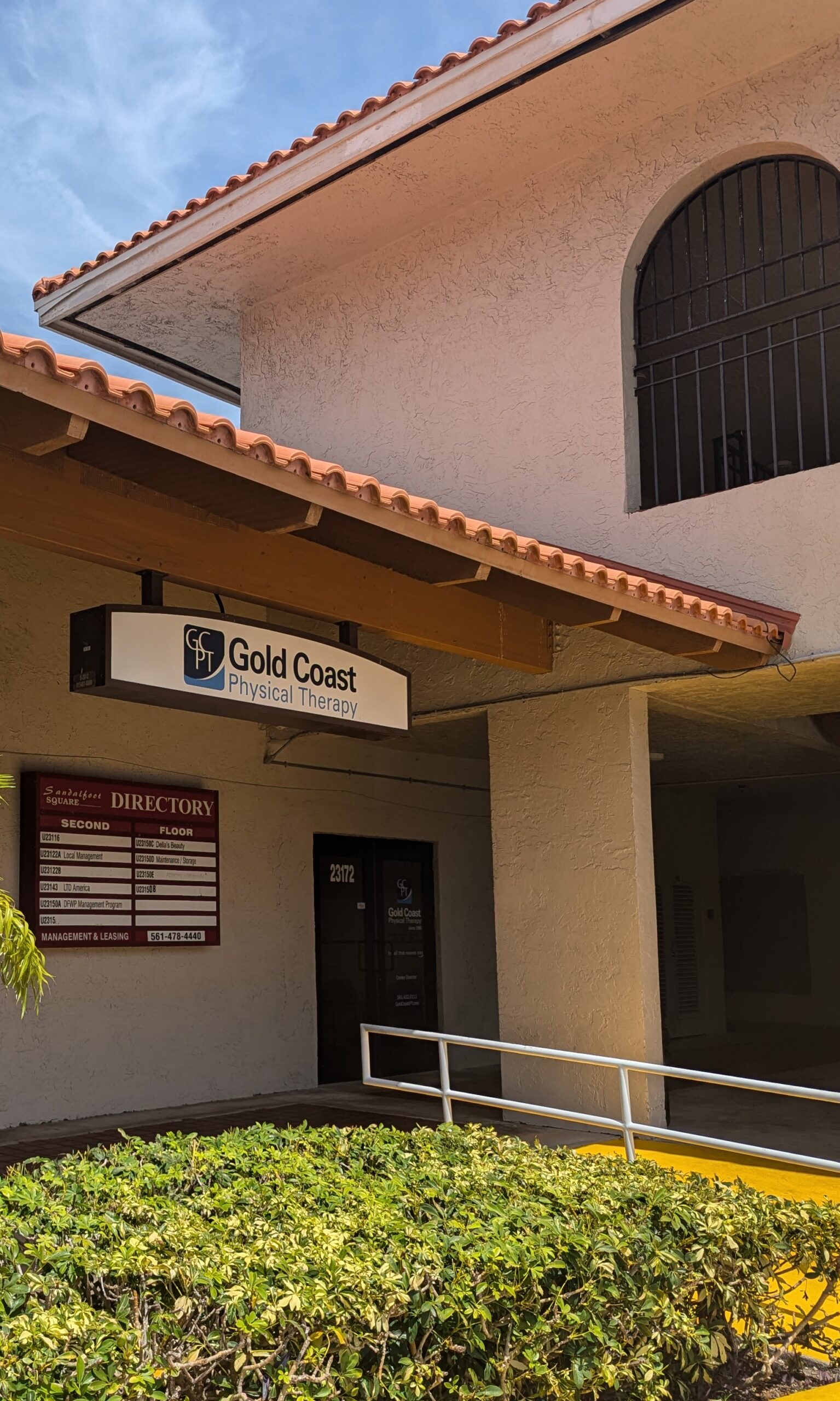What is Osteoarthritis?
Osteoarthritis (OA) is a chronic degenerative joint disease of dynamic pathology with multifactorial aetiology. It involves progressive softening and loss of articular cartilage, subchondral bone sclerosis, cyst formation and the development of osteophytes. OA of the knee accounts for more dependence in walking, stair climbing, and other lower-extremity tasks than any other disease.
Is there a Cure?
As there is no curative treatment for OA currently; treatments are aimed at reducing knee pain and improving function. Systematic reviews (SR) are a useful method to synthesize the efficacy of treatments for KOA, however most of these reviews have not considered the long-term risks associated with treatments.
Exercise & Weight Loss Can Help
Physical Therapy for Osteoarthritis
PT can help with modalities to treat knee pain as well as teach patients safe and effective exercise strategies to improve the longest term benefits with the lowest associated risk vs other treatment options.
Charlesworth et al. BMC Musculoskeletal Disorders (2019) 20:151
https://doi.org/10.1186/s12891-019-2525-0


